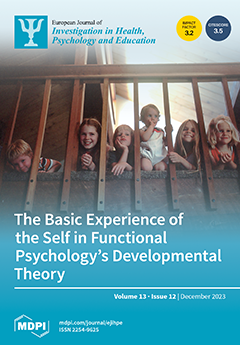Sarcopenic obesity (SO), characterized by age-related muscle loss and excess body fat, significantly impairs postural control. However, limited research has explored the effects of concurrent exercise training on neuromuscular strategies during postural control in older adults with SO. The study enrolled 50 older
[...] Read more.
Sarcopenic obesity (SO), characterized by age-related muscle loss and excess body fat, significantly impairs postural control. However, limited research has explored the effects of concurrent exercise training on neuromuscular strategies during postural control in older adults with SO. The study enrolled 50 older adults with SO, split into an intervention group (IG,
n = 25, mean age = 76.1 ± 3.5 years; mean BMI = 34.4 ± 4.0 kg/m
2) and a control group (CG,
n = 25, mean age = 75.9 ± 5.4 years; mean BMI = 32.9 ± 2.3 kg/m
2). Participants in the IG were engaged in 60-min Total Mobility Plus Program (TMP) sessions three times a week for four months, while the CG maintained their typical daily activities. Standardized evaluations were conducted both before and after the intervention. These assessments included the Romberg and Timed Up and Go (TUG) tests, as well as the measurement of Center of Pressure (CoP) displacements parameters under various conditions. Additionally, ankle muscle activities were quantified during postural control evaluations and maximal voluntary contractions of plantar and dorsal flexors. Post-intervention results revealed a significant reduction of the standing time measured in the Romberg (−15.6%,
p < 0.005) and TUG (−34.6%,
p < 0.05) tests. Additionally, CoP area and velocity were notably reduced in various conditions (
p < 0.05). Postural control improvements were associated with an increase of strength (
p < 0.05) and decrease of ankle muscle activation (
p < 0.05). These findings highlight the reversibility of neuromuscular system alterations associated with the synergistic effects of sarcopenia and obesity, emphasizing the trainability of postural control regulation within this population. By incorporating these insights into clinical practice and public health strategies, it seems possible to optimize the health and well-being of older adults with SO.
Full article






